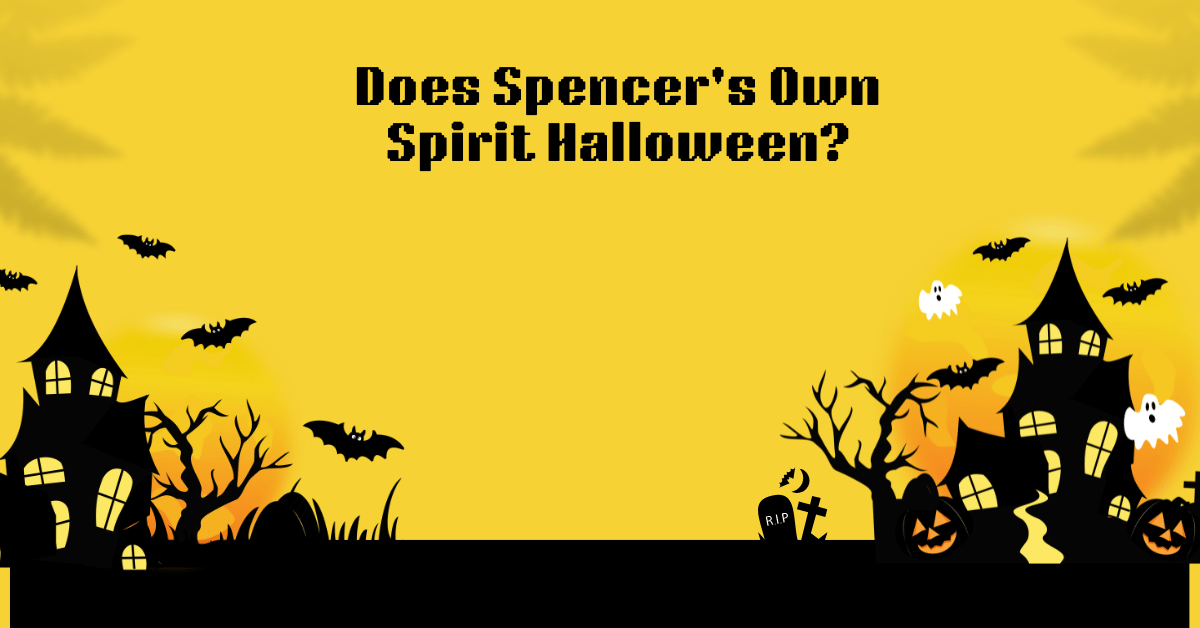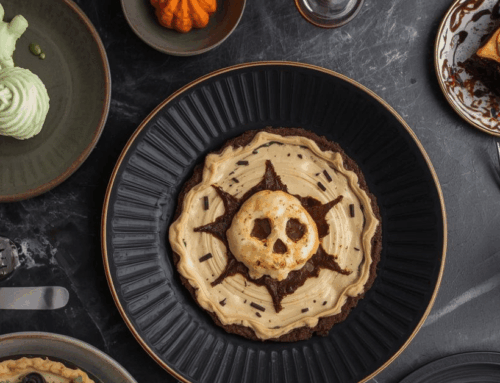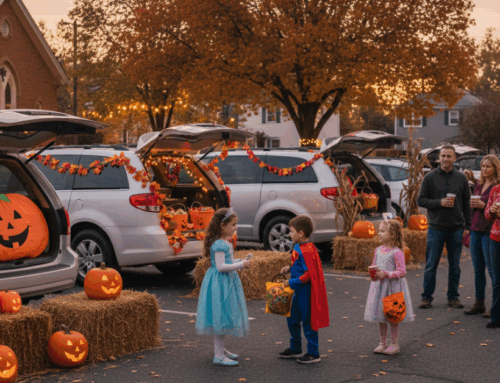Is Spencer secretly pulling the strings behind the spooky empire of Spirit Halloween? Well, you’ve come to the right place!
Let’s dive into the ghostly gossip and unravel the connection between these two retail giants.
Does Spencer’s Own Spirit Halloween?
Whether you’re here for the insider scoop or just curious if your favorite party store transforms into a Halloween haven every fall, we’ve got the SEO-optimized lowdown that’ll keep you spellbound. Ready for the truth? Keep reading and get your costume ideas ready. This is going to be wickedly fun!
Spencer’s: A Retail Icon
Spencer’s has been a staple of American mall culture since its inception in 1947. Max Spencer Adler founded the company as a mail-order catalog business specializing in novelty items. Over the decades, Spencer’s evolved into a brick-and-mortar retailer known for its eclectic mix of products, ranging from gag gifts and band merchandise to risqué novelties and pop culture items.
The brand’s journey is marked by its ability to adapt to changing consumer tastes while maintaining its core identity as a destination for counterculture and alternative products. Spencer’s stores are easily recognizable in malls across North America, often drawing in curious shoppers with their bold window displays and unique inventory.
Key aspects of Spencer’s business model include:
- Focus on youth culture and trends
- Diverse product range appealing to various subcultures
- Strategic mall-based locations
- Emphasis on novelty and humor in product selection
Spirit Halloween: The Seasonal Phenomenon
In contrast to Spencer’s year-round presence, Spirit Halloween operates entirely on a different model. Founded in 1983, Spirit Halloween pioneered the concept of the pop-up Halloween store. The company capitalizes on the growing popularity of Halloween celebrations by setting up temporary retail locations during the fall season.
Spirit Halloween’s Business Model
- Seasonal operations (typically August through November)
- Temporary retail spaces in various locations
- Extensive inventory of costumes, decorations, and Halloween-related items
- Creating an immersive shopping experience for Halloween enthusiasts
Spirit Halloween’s success lies in its ability to generate significant revenue quickly, tapping into the seasonal demand for Halloween products. This unique approach has allowed the company to become a dominant force in the Halloween retail market.

The Spencer’s-Spirit Halloween Connection
The relationship between Spencer’s and Spirit Halloween took a significant turn in 1999 when Spencer’s acquired Spirit Halloween. This move surprised many in the retail industry, as the two brands operate in different market spheres. However, the acquisition proved a strategic decision that would benefit both companies.
Under Spencer’s ownership, Spirit Halloween has maintained its distinct identity and operational model. The acquisition did not result in a merger of the two brands but allowed Spirit Halloween to operate as a separate entity under the larger Spencer’s corporate umbrella.
Advantages of the Acquisition
- Spirit Halloween benefits from Spencer’s established corporate infrastructure and resources.
- Spencer’s gains a foothold in the lucrative seasonal Halloween market.
- Both brands can share certain operational costs and efficiencies.
- The companies can cross-promote and share customer insights.
It’s important to note that while Spencer’s owns Spirit Halloween, the day-to-day operations and brand identities of the two retailers remain largely separate. This separation allows each brand to maintain its unique appeal to its target audience.
The Business Strategy Behind the Acquisition
Spencer’s acquisition of Spirit Halloween was a calculated move that expanded Spencer’s portfolio into seasonal retail. This strategy allowed Spencer to diversify its revenue streams and tap into the growing Halloween market without diluting its core brand identity.
Complementary Nature of the Brands
- Spencer’s year-round presence in malls provides a stable foundation for the company.
- Spirit Halloween’s seasonal model allows for high-intensity sales during a specific period.
- Both brands cater to similar demographics, particularly young adults and teens.
- The acquisition allows for shared logistics, marketing, and product-sourcing resources.
From a financial perspective, Spirit Halloween’s seasonal business model significantly boosts Spencer’s overall revenue. The Halloween industry has steadily grown, with Americans spending billions annually on costumes, decorations, and celebrations.
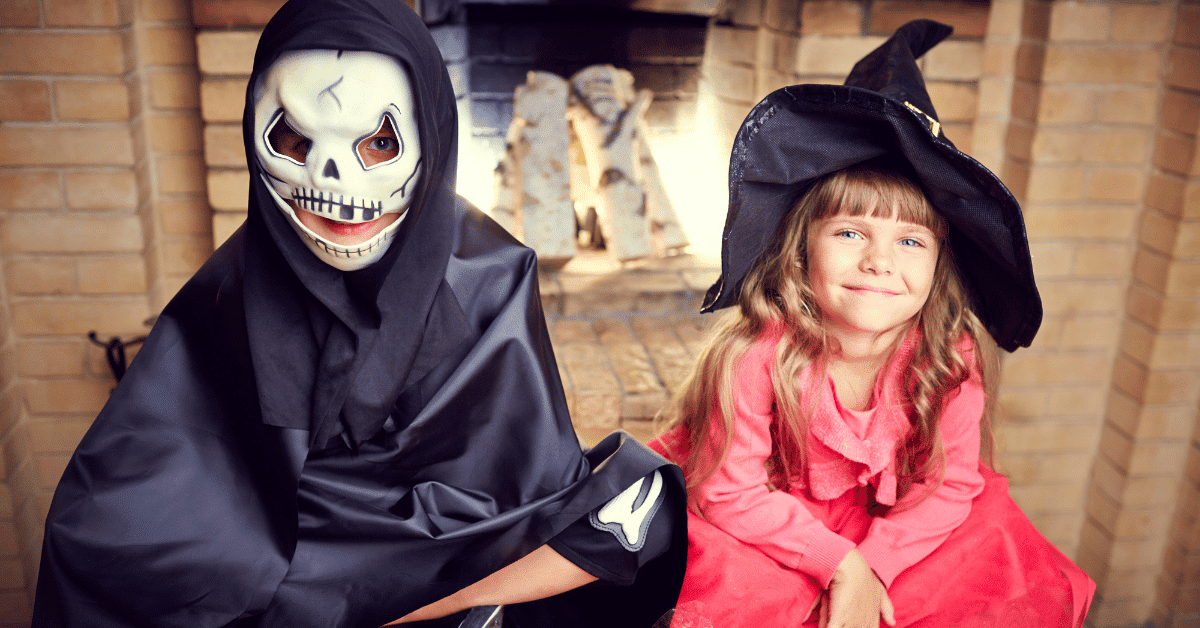
Impact on Customers and the Halloween Market
The Spencer’s-Spirit Halloween connection has notably impacted the customer experience and the broader Halloween retail market. For shoppers, this partnership means:
- Access to a wider range of products, as both brands can leverage their combined purchasing power
- Potential for cross-promotions and special offers between the two stores
- A more cohesive shopping experience for those who frequent both Spencer’s and Spirit Halloween
In the competitive Halloween market, the combined strength of Spencer’s and Spirit Halloween has created a formidable force. The partnership allows for:
- Greater market share in the Halloween retail space
- Improved ability to compete with big-box retailers and online marketplaces
- Enhanced capacity to adapt to changing consumer preferences and market trends
The Future of Spencer’s and Spirit Halloween
As the retail landscape continues evolving, Spencer’s and Spirit Halloween are positioning themselves for future growth. Their current market positions remain strong, with Spencer’s maintaining its status as a mall staple and Spirit Halloween dominating the seasonal Halloween market.
Future Growth Strategies
- Expanding online presence to complement physical stores
- Exploring new product categories and collaborations
- Enhancing the in-store experience with interactive elements and technology
- Developing year-round Halloween-themed products or experiences
Both brands will face the challenge of maintaining their unique identities while adapting to changing consumer behaviors, particularly in the face of increasing online competition and shifting mall demographics.
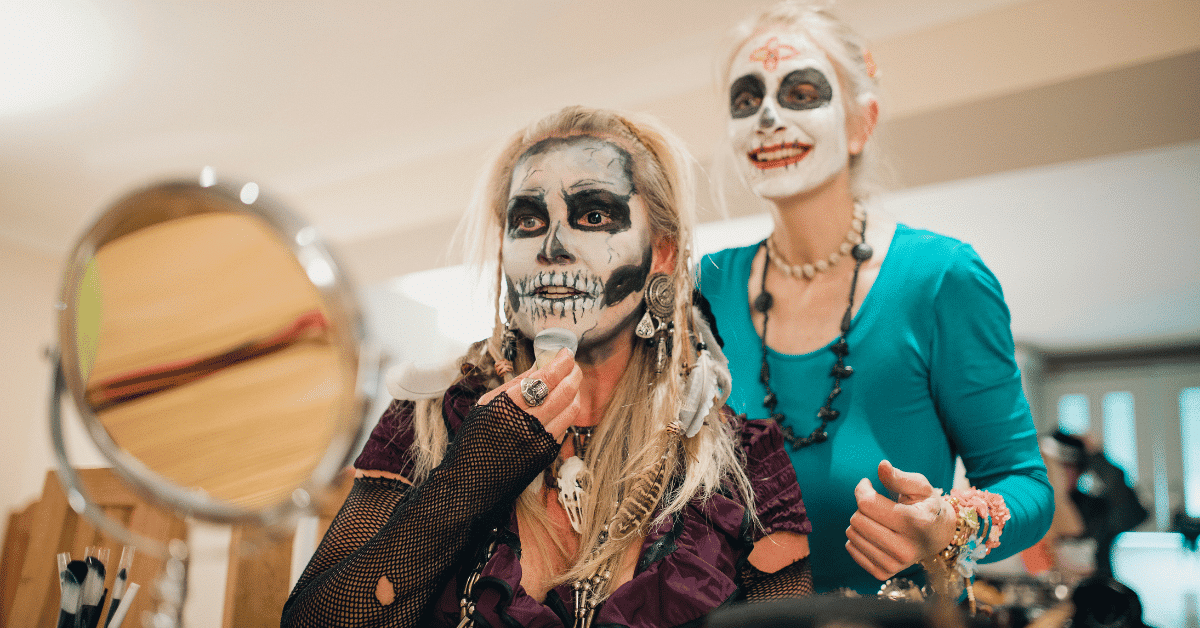
Conclusion
The relationship between Spencer’s and Spirit Halloween represents a unique synergy in the retail world. While Spencer’s does indeed own Spirit Halloween, both brands continue to operate as distinct entities, each catering to its specific market niche.
This arrangement has proven beneficial for both companies, allowing them to share resources and expertise while maintaining their brand identities. It also means consumers have access to a diverse range of products and shopping experiences, whether they’re looking for year-round novelties or seasonal Halloween items.
As the retail landscape continues to change, the Spencer’ s-Spirit Halloween partnership is an interesting case study of how traditional and seasonal retailers can adapt and thrive in a challenging market environment. Whether you’re a longtime fan of Spencer’s quirky offerings or a Halloween enthusiast eagerly awaiting the annual appearance of Spirit Halloween stores, this retail duo continues to leave its mark on American shopping culture.

